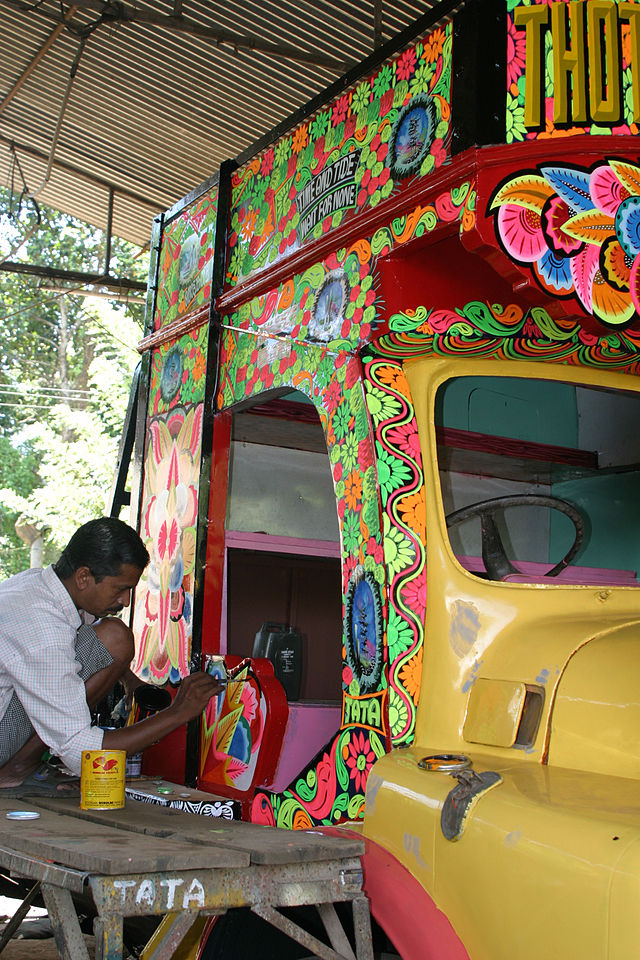The domestic commercial vehicle industry in India is anticipated to witness a decline of 4-7 percent in wholesale volumes during the current fiscal year (FY2025) compared to the previous fiscal year (FY2023), according to rating agency Icra. This projection is attributed to a high base effect from the previous year and weakness in demand.
Specifically, Icra expects the medium and heavy commercial vehicle (trucks) segment to contract by 4-7 percent year-on-year. This decline is due to the high base effect and the impact of the Lok Sabha elections on infrastructure activities during the first few months of the fiscal year. Infrastructure activities are likely to experience a temporary slowdown due to the elections, affecting the demand for commercial vehicles.
Similarly, the light commercial vehicles (trucks) segment is expected to witness a decline of 5-8 percent in wholesale volumes during FY2025. This downturn can be attributed to factors such as the high base effect, a sustained slowdown in the e-commerce sector, and the cannibalization effect from electric three-wheelers. The e-commerce industry’s growth has moderated, leading to lower demand for light commercial vehicles used for last-mile deliveries, while the rise of electric three-wheelers has also impacted the demand for light commercial vehicles in certain applications.
Icra anticipates that the domestic commercial vehicle industry’s upward trend will be arrested in FY2025, resulting in a decline of 4-7 percent in wholesale volumes. This projection follows a muted year-on-year growth of 1 percent and 3 percent for wholesale and retail sales, respectively, in FY2024.
Kinjal Shah, Senior Vice President and Co-Group Head at Icra Ratings, explained that FY2022 and FY2023 witnessed a very sharp growth in volume and tonnage terms, setting a high base for the subsequent years. The domestic commercial vehicle volume growth momentum slowed down in FY2024 and is expected to dip in FY2025 amid the transient moderation in economic activity in some sectors, influenced by the backdrop of the General Elections.
However, Shah noted that the replacement demand for commercial vehicles would remain healthy, primarily due to the aging fleet, and is expected to support commercial vehicle volumes in the near-to-medium term.
Despite the projected decline in the current fiscal year, the long-term growth drivers for the domestic commercial vehicle industry remain intact. These include the sustained push for infrastructure development, a steady increase in mining activities, and the improvement in road and highway connectivity across the country.



